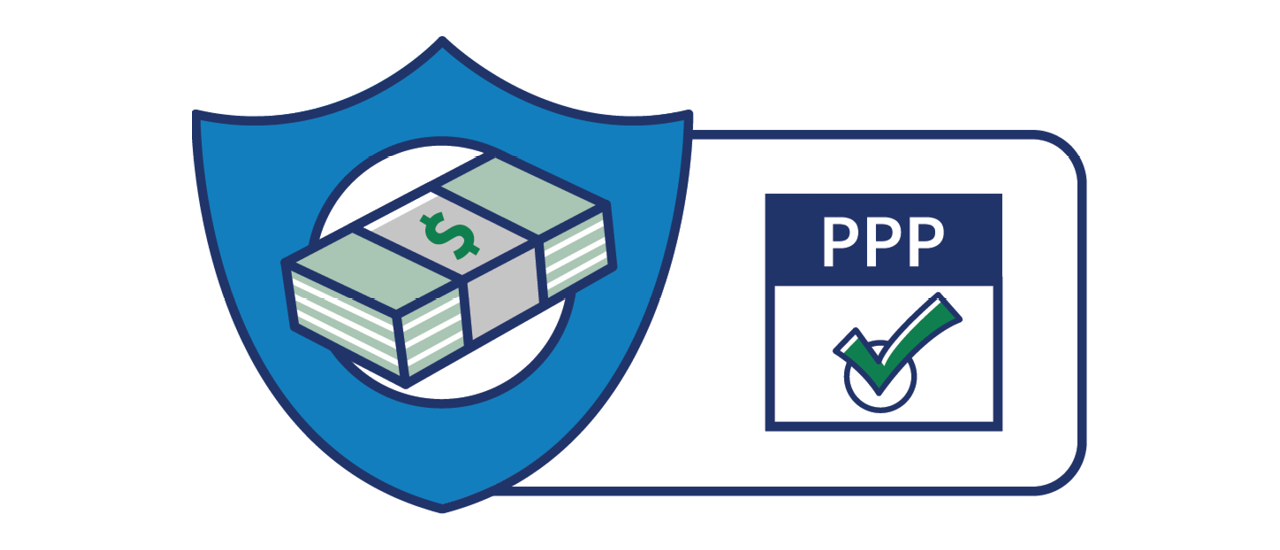PPP Forgiveness Process Opens Amid Uncertainty

The Small Business Administration opened the process for lenders to submit Paycheck Protection Program forgiveness applications August 10.
However, while some business owners and employers who borrowed under the PPP may be eager to submit forgiveness applications, some lenders are not yet accepting applications.
Some lenders are reportedly anticipating a shift in guidance or new federal legislation which may change the PPP loan forgiveness rules.
The latest coronavirus relief package being negotiated by Congress and the White House is expected to provide a simplified PPP loan forgiveness process and may even create another round of loans.
Lenders are also preparing for a rush of forgiveness applications. Some lenders may not accept PPP loan forgiveness applications until later in August or even into early September.
Updated Guidance
On August 11, the SBA and U.S. Treasury Department updated federal guidance in the form of FAQs on loan forgiveness to help borrowers efficiently navigate the process.
The FAQs are divided into five sections, with the first addressing general loan forgiveness questions.
Some lenders are anticipating a shift in guidance or new federal legislation.
The section clarifies that sole proprietors, independent contractors, and self-employed individuals who had no employees at the time of the PPP loan application and did not not include salaries as part of the average monthly payroll qualify for the PPP Loan Forgiveness Application Form 3508EZ.
The second section addresses questions on payroll costs and loan forgiveness.
It explains and provides useful examples to help borrowers with treating payroll costs incurred during the covered period or alternative payroll covered period but paid during or after the respective periods and explains how to calculate payroll costs for partial pay periods.
Cash Compensation, Nonpayroll Costs
It also explains how cash compensation should be calculated, what expenses for group healthcare and retirement benefits are eligible for forgiveness, and calculating the amount of owner compensation eligible for forgiveness.
The third section covers the treatment of nonpayroll costs including mortgage interest payments, rent or lease costs, and eligible business utility costs incurred or paid during the covered period.
The fourth section addresses loan forgiveness reduction questions including issues related to a reduction in FTE employees and exceptions, and the December 31, 2020 safe harbor.
The fifth section addresses the reduction in forgiveness for the amount of an Economic Injury Disaster Loan advance received by a PPP borrower.
Forgiveness Process
The loan approval process is expected to take some time. PPP borrowers must apply for loan forgiveness with the lender that processed the loan.
Borrowers have 10 months from the completion of the covered period, (either the 24-week or, for some borrowers, the eight-week period following the loan disbursement date) to submit applications.
Lenders have 60 days after receipt of an application to issue a decision.
Lenders have 60 days after receipt of a loan forgiveness application to issue a decision regarding loan forgiveness to the SBA.
The SBA then has 90 days to remit the loan forgiveness amount to the lender.
The lender is responsible for notifying the borrower the amount of the loan that is not forgiven (if any) and the date on which the borrower’s first payment (if any) is due.
For more information, contact CBIA’s Brian Corvo (860.244.1169).
RELATED
EXPLORE BY CATEGORY
Stay Connected with CBIA News Digests
The latest news and information delivered directly to your inbox.


